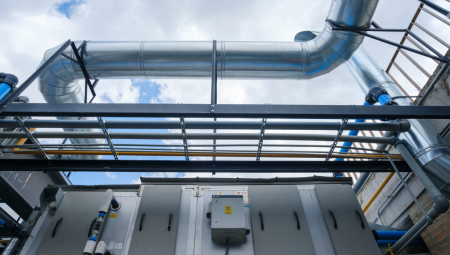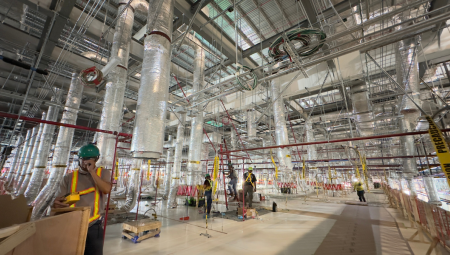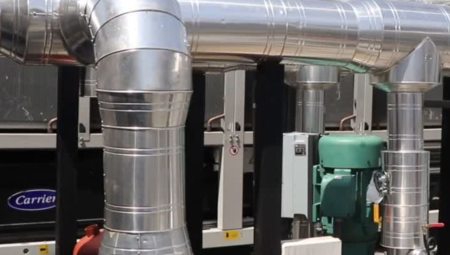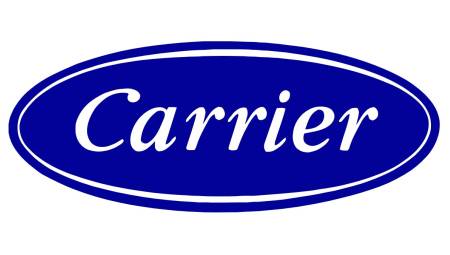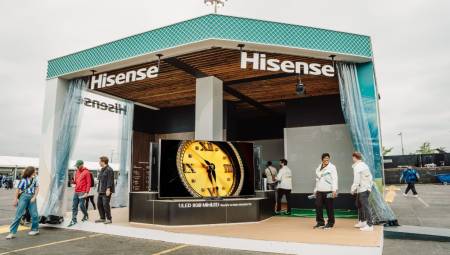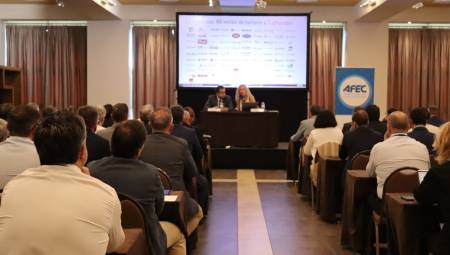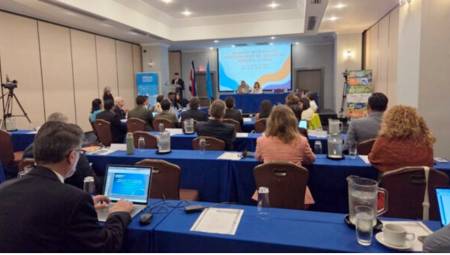In this aspect, we have that industrial refrigeration is that which is carried out in the production process, while commercial refrigeration is the one that ends the cold chain, that is, the one that allows food (fruits, vegetables, beverages, dairy, fish) to retain their characteristics at the point of sale for the full consumption of the end user. Today, thousands of commercial refrigeration systems connected to shop windows, self-contained shop windows, refrigerated chambers and walkable freezers are found in supermarkets, retail or wholesale stores, distribution centers, among others.
But in the same way, and as mentioned by the Alliance (Alliance for a responsible atmospheric policy), there are others such as distributed systems, which place refrigeration compressors and associated components near refrigerated windows, as well as indirect systems, in which a primary cooling system cools a secondary fluid, which then circulates through a secondary circuit to the shop windows.
These commercial refrigeration systems are divided into refrigerated and frozen (they preserve food for longer). But, in addition to food, such systems are also aimed at cooling goods (volatile products) that suffer loss by evaporation, by the control of fermentation (which depend on temperature control), monitoring of the ripening process of the fruit (which depend on temperature control, humidity, CO2).
Cooling region
In Latin America, commercial refrigeration systems are widely used in supermarkets as central systems located in a central equipment room, connected to refrigerators and counters. There are also freezers, refrigerators and ice machines that are used in the different grocery stores.
Likewise, in the region the creation of supermarkets has increased, which together with traditional commerce systems, such as retail and neighborhood stores, in addition to small markets, affect the development and growth of the commercial refrigeration industry in the region.
In Mexico, Argentina, Chile, Costa Rica, Colombia, Panama, El Salvador and Brazil, the participation of supermarkets is wide, so much so that the commercial offer of refrigerators and freezers is directly proportional, even more so when atmospheric aspects begin to impact the industry.
In Brazil, the strongest economy in the region, the issue of commercial refrigeration and its innovation is one of the most moving in recent years, and not only because of the importance of mitigating the impact on global warming, but also because the country has become a manufacturing nation of these systems.
According to data presented at the last Febrava fair, commercial refrigeration is of vital importance, as it supports the production, distribution and exhibition processes. For example, of the pineapples that are transported in Brazil, 26% are lost due to the lack of care and necessary refrigeration, and of the 25 billion liters of milk, only 16% is marketed as type A / B; this shows that it is necessary to apply refrigeration with the appropriate techniques to be able to preserve the food during the exhibition with the characteristics and quality that are needed to be consumed.
Brazil, friendly nation
Since 1999, NO CFCs (chlorofluorocarbon) have been produced in Brazil, however it is still used in some refrigeration and air conditioning equipment. According to Antonio Cláudio M. Palma, CEO of Mipal, the need to preserve the environment and the concern for energy use makes research into equipment and gases a priority, which makes the industry in a state of continuous improvement. "This state of the art breaks down geographical barriers, placing the world in a single search, requiring companies to remain in a constant renewal," he explains.
Within the industry, Brazil does not follow a particular trend, moreover, global trends such as concern for energy efficiency are followed, as well as seeking to preserve the environment through the use of CO2, ammonia and hydrocarbons.
According to the world
Brazil is one of the countries in the region that has a large number of producers of commercial refrigeration equipment, which are in full alignment with countries such as the US and Europe. As expressed by Palma, this is reflected throughout the chain as a whole: manufacturers, distributors and own customers. Brazilian exports have been presented for approximately 35 years and are growing considerably every year, so much so that the Brazilian refrigeration industry is exploring the markets of Algeria, Libis, Morocco and Tunisia for exports.
This strategy is part of the Abrava Exporta program, which expects that by March 2010 2.7 million dollars will be exported. This can be understood as a very feasible goal to achieve, since Brazil has an excellent industrial park, modern and with the possibility of expansion. "It is one of the largest industrial parks in Latin America, and its capacity is higher than the real demand. For example, if we take into account that the per capita expenditure on refrigeration in the United States is approximately nine dollars, in Europe it is $ 8, in Japan it is around 15 dollars, and Latin America does not exceed a tenth of this value, "explains Antonio. However, the issue of the low price of the dollar has affected exports a little and therefore the effort must be greater to continue consolidating the products and the country, although the importance of the environment and not only the economic factor must also be taken into account. Although there are some changes in the world economy, Latin America remains resilient in the face of the international credit crisis and business conditions continue to strengthen in 2008, as explained in recent days by the Fitch agency.


